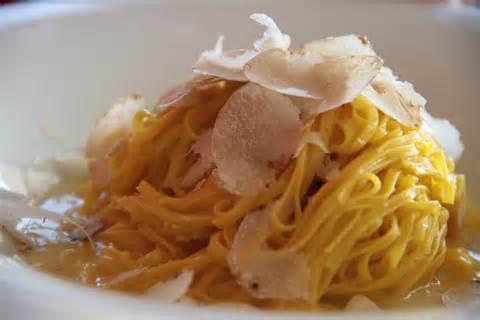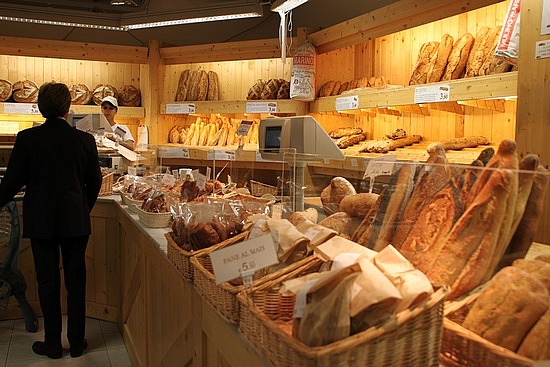Wines of Piedmonte, in the north of Italy
I did not realize how complex the matter of Piedmont wine is when I became interested while in Turin (Torino in Italian). What intrigued me were the lightly bubbly wines we were getting at restaurants as a house wine. Red, not white, and not bubbly like champagne. I wanted to learn more about them so I could avoid them! Neither of us liked the ones we had and needed to know how to ask if they were going to serve one and identify them on the wine shelves. We bought a few by mistake.
I have found meager references to this style on the Internet but one thing that is helpful to know: they are referred to as ‘frizzante.’ Knowing that would have helped a lot.
A frizzante wine has between 1 and 2.5 times atmospheric pressure in the bottle, compared to 5-6 for a ‘spumante,’ such as the famous and not my favorite by any means Asti Spumante, from the town of Asti not too far from Torino. I have only found references to white frizzante wines- see below for their names. I have no idea what they are like, having never tried any of them.
But not too worry. The wines of this region are mostly red, and still (versus spumante or firzzante). There are many excellent ones.
Nebbiolo Grapes
Nebbiolo is considered the greatest wine from Piedmont. It’s a high tannin grape with red cherry- a very common flavor for red wine- tar – not so common and if too strong is a fault – and rose flavors with. There are some 13 DOC or DOCG (a higher certification) wines in the region made from this grape and they vary widely from one another in nose and tongue.
Barolo, made with Nebbiolo, is a DOCG southwest of Alba and not far from Torino. The only vineyards with this status are on the southern facing hills. The wine is a brick red with 13%+ alcohol. The wines are aged for at least 18 months in barrel and not for sale for at least 3 years. The Riserva is five. Best ones are 10 years old or more.
Barbaresco DOCG is located northeast of of Alba on the south-facing slopes. These wines are lighter than the Barolo products.
Other Nebbiolo Wines
Langhe Nebbiolo is a region the grows Barolo and Barbaresco without the classification status so they are less expensive. There are sub-regions:
Albugnano, Carema, Fara, Ghemme, Gattinara, Langhe Nebbiolo, Lessona, Nebbiolo d’Alba, Roero Rosso, Sizzano* *Nebbiolo is known as Spanna in these areas
Barbera grapes
Barbera is the most common red grape in Piedmont. They are dark and you should taste black cherry, anise, and herbs. It is less expensive than Barolo wines and goes with many foods. There are 2 DOCGs :Barbera d’Asti and Barbera del Monferrato Superiore. ‘Superiore’wines are aged for more time and have more alcohol.
Dolcetto grapes
Dolcetto are dark in color with flavors of blackberry, licorice and tar. The wines do not age well. They are tannic, which some producers are reducing, making the wine more fruty. There are 3 DOCGs Dogliani, Dolcetto di Ovada Superiore and Dolcetto di Diano d’Alba. ‘Superiore’wines test at 13%and are aged longer which reduces the tannic impact.
White Wines
Moscato Bianco has been around a very long time. Roses, mandarin orange, cotton candy touch the nose. Asti Spumante a very bubbly (‘Spumante’) sweet wine with only 9% alcohol. No wonder I do not like it!
Moscato d’Asti Is a Frizzante’ that’s very sweet with about 5% alcohol.
Cortese
‘Gavi’ wines from Cortese are dry with lemon-like flavors with good aacidity.
Arneis Roero DOCG, Arneis is medium-bodied with almond notes on the finish, and are grassy similar to Sauvignon Blanc white of Bordeaux.
Here’s a link to a site with a podcast:
https://www.dalluva.com/wine-journal/the-best-regional-wines-of-northern-italy/
Eric Asimov of “The Pour” in the New York Times:
Burlotto Langhe Freisa 2010, about $18: “The Piedmont region of northwestern Italy is best known for its nebbiolos and barberas, but oddball grapes like the freisa lurk there as well. Burlotto makes excellent Barolos, yet its 2010 Langhe freisa is fascinating. It’s reminiscent of nebbiolo with its combination of textural lightness, firm tannins and deep flavors, and if it is maybe more Naugahyde than leather, it’s perfect for burgers and sausages off the grill. It might even benefit from another year of aging.”
Produttori del Barbaresco Langhe Nebbiolo 2010, about $15: “Produttori del Barbaresco is one of the world’s finest wine co-ops, offering great values throughout its range. The Langhe nebbiolo is generally made from the grapes of young vines, or grapes that for one reason or another don’t go into the Barbarescos. This is a lighter gauge than a true Barbaresco but still offers all the classic leather, floral and red fruit flavors.”
These are very reasonable prices for New York City especially. I was just there and could not find anything decent from anywhere under $13 US, and that was a very good Zinfandel from California.










